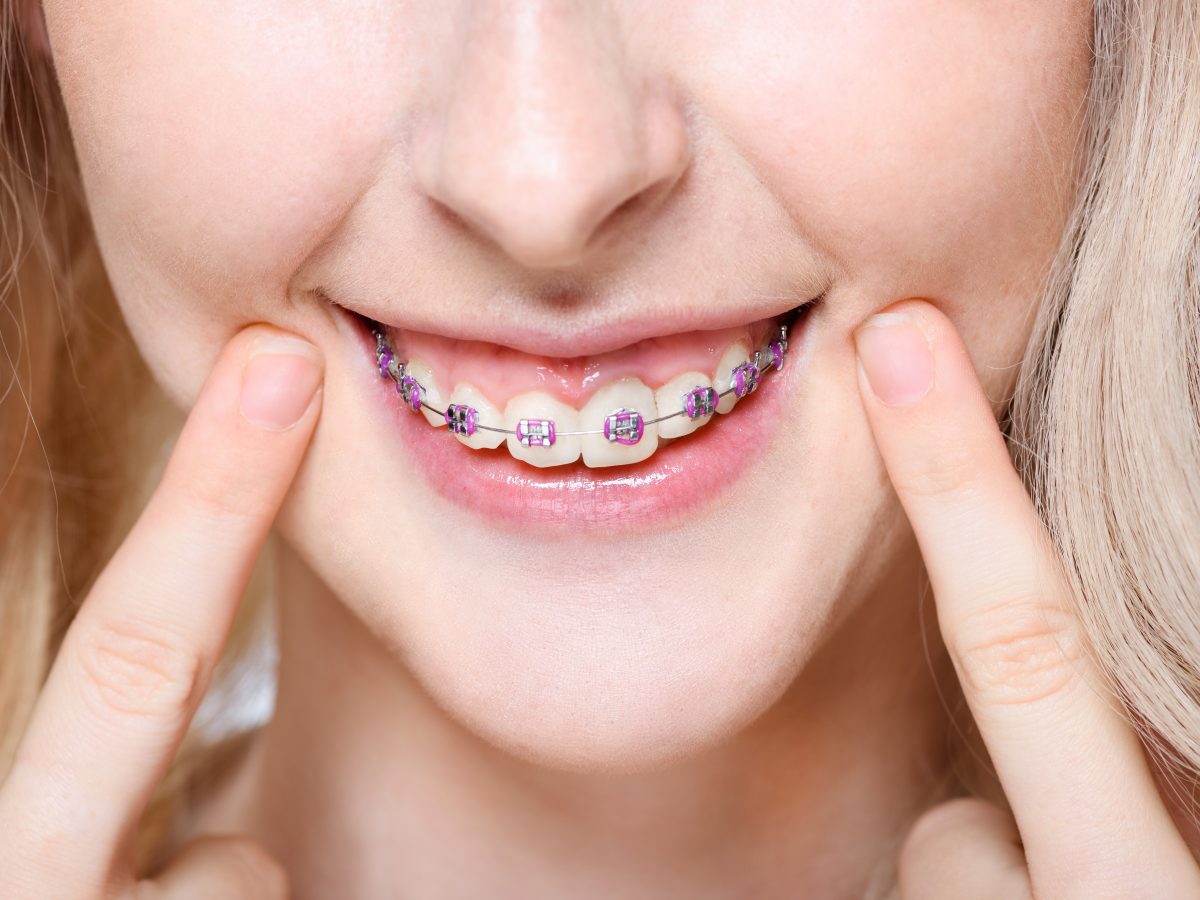How Cumming Orthodontics Can Change Your Smile with Invisalign and Braces
Comprehensive Guide to Orthodontics Treatments for Correcting Dental Imbalances
In the world of orthodontics, the trip to attaining a completely aligned smile entails a myriad of procedures tailored to deal with oral misalignments. From standard dental braces to undetectable aligners and also surgical options, the field of orthodontics offers a variety of options to deal with varying degrees of dental abnormalities. Comprehending the intricacies of each treatment, including their devices, benefits, and prospective disadvantages, is crucial in making educated choices regarding one's orthodontic treatment. As we browse with the detailed overview to orthodontic treatments for fixing dental imbalances, the elaborate details of each method will certainly unravel, clarifying the path toward a harmonious and practical dental placement.
Orthodontic Procedures Overview

In addition to clear aligners and conventional braces, orthodontists might likewise suggest various other interventions like headwear, palatal expanders, or retainers to address specific placement issues (braces). These procedures are customized to every patient's unique requirements and may involve a mix of treatments to achieve the preferred results. Routine changes and tracking are crucial parts of orthodontic therapy to ensure progression gets on track and to make any kind of needed alterations along the way. By going through orthodontic procedures, clients can not just attain a straighter grin but also boost their overall oral health and wellness and function.
Traditional Braces: How They Function
When thinking about orthodontic therapies for oral imbalances, traditional braces stand out as a time-tested method for dealing with teeth placing. Standard braces are composed of brackets, cords, and bands that collaborate to apply constant pressure on the teeth, slowly relocating them right into the desired placement. The braces are connected to the teeth utilizing an unique adhesive, and the cables are threaded through the brackets. By changing the stress of the cables, orthodontists can manage the direction and pressure put on each tooth, assisting them right into proper placement in time.
As stress is applied to the teeth through the braces, the bone bordering the teeth is improved to sustain the new tooth placements. People will certainly need regular adjustments at the orthodontist's workplace to make certain the braces proceed to use the appropriate stress for effective teeth motion.
Undetectable Aligners: Advantages And Disadvantages
These clear, custom-made trays are basically undetectable when worn, making them an enticing choice for individuals looking for a more cosmetically pleasing orthodontic treatment. People can get rid of the aligners prior to eating or cleaning their teeth, minimizing the risk of food obtaining stuck in the appliance and streamlining the cleaning process.

Surgical Orthodontic Options
Surgical treatments in orthodontics existing sensible alternatives for addressing intricate oral imbalances that might not be successfully you can find out more settled via standard orthodontic therapies. While standard braces and unseen aligners can remedy lots of orthodontic problems, specific cases require medical treatment to accomplish optimal outcomes. Surgical orthodontic alternatives are normally suggested for severe malocclusions, significant jaw disparities, and instances where the underlying bone structure needs alteration to accomplish proper alignment.
One usual surgical orthodontic procedure is orthognathic surgical procedure, which includes repositioning the jaws to deal with practical concerns such as trouble eating or speaking. This surgical procedure is commonly carried out in collaboration with an orthodontist that helps straighten the teeth before and after the treatment. Surgical orthodontics may additionally include treatments to subject impacted teeth, eliminate excess gum cells, or improve the jawbone to produce an extra harmonious face profile.
Prior to considering medical orthodontic options, individuals undergo a thorough assessment to establish the necessity and possible benefits of such interventions. orthodontist. While surgical treatment might seem overwhelming, it can considerably boost both the function and aesthetic appeals of the smile in instances where conventional orthodontic treatments drop short
Retainers and Post-Treatment Treatment

Post-treatment care involves complying with the orthodontist's directions carefully. This might consist of correct oral hygiene practices, going to follow-up consultations, and putting on the retainers as suggested. Failing to comply with post-treatment care instructions can lead to regression, where the teeth gradually return in the direction of their initial placements. Consistent retainer wear, great oral hygiene, and routine dental check-ups are necessary for maintaining the results achieved via orthodontic surgical treatment and making certain the lasting security of the dealt with dental positioning.
Conclusion
To conclude, orthodontic procedures provide various choices for correcting dental misalignments. Conventional dental braces make use of steel braces and cords to shift teeth into proper placement. Unseen aligners supply a more discreet choice however may not appropriate for all situations. Surgical orthodontic options are readily available for a lot more serious imbalances. Retainers are typically utilized post-treatment to keep the new alignment. Generally, orthodontic procedures can properly enhance dental health and wellness and aesthetic look.
As we navigate with the comprehensive guide to orthodontic treatments for correcting dental imbalances, the intricate details of each approach will unfold, losing light on the path toward a discover here functional and harmonious oral placement. - cumming orthodontics
One of the most common orthodontic treatments is the use of dental braces, which are composed of steel brackets and wires that apply gentle pressure to gradually shift teeth into the desired position.When thinking about orthodontic treatments for dental imbalances, typical braces stand out as a tried and true approach for correcting teeth positioning. Furthermore, unnoticeable aligners might not be appropriate for intricate orthodontic concerns that call for even more substantial teeth motion, as they are commonly advised for mild to modest cases. Retainers are custom-made orthodontic devices developed to hold teeth in their fixed settings after the completion of orthodontic treatment.